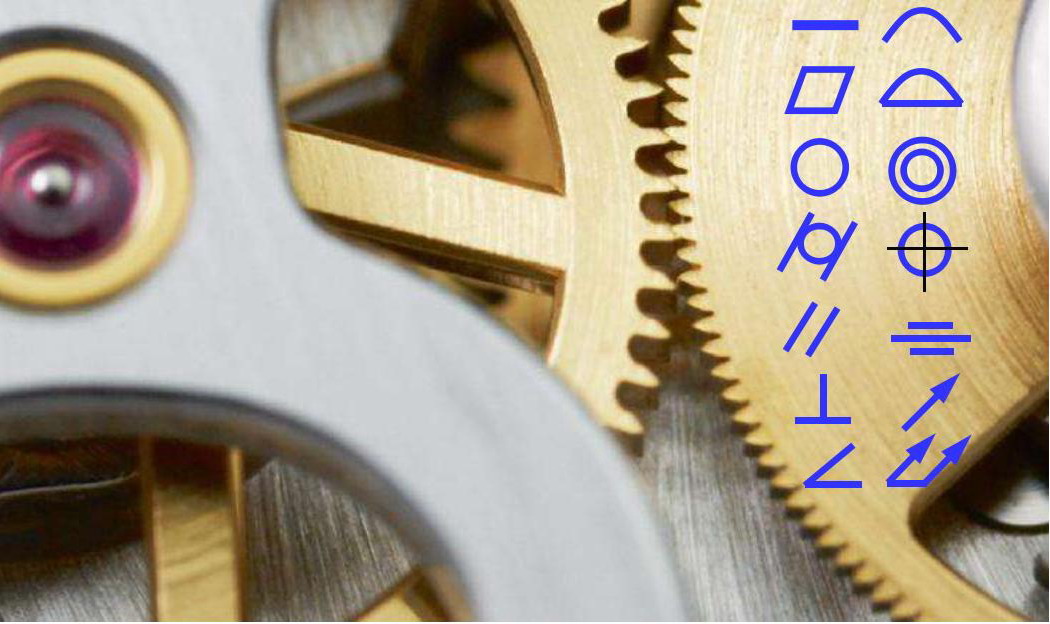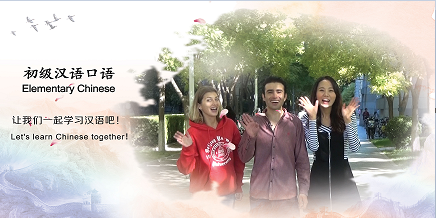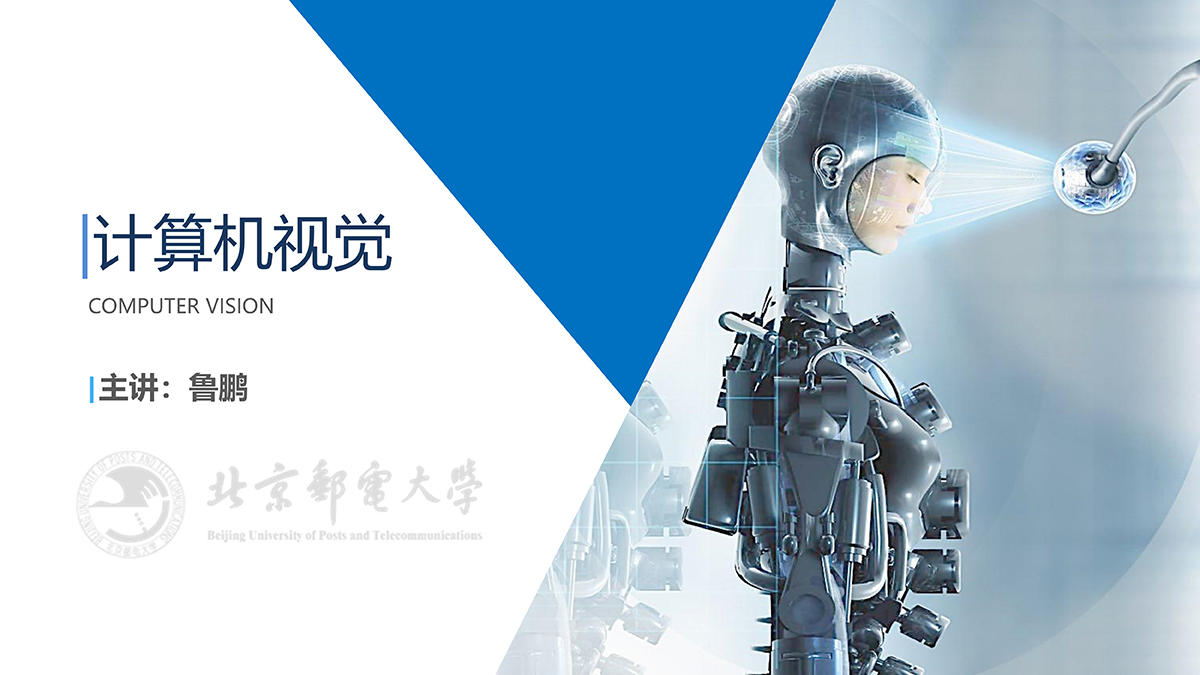
当前课程知识点:Gateway to Medicine: An Introduction to the Field of Medicine > CH01 Smog and Lung Diseases > 08-Lung cancer Ⅱ > Lung cancer Ⅱ
返回《Gateway to Medicine: An Introduction to the Field of Medicine》慕课在线视频课程列表
返回《Gateway to Medicine: An Introduction to the Field of Medicine》慕课在线视频列表
如何知道一个肺癌患者的
组织病理分型呢
可以通过支气管镜或者
针吸活体组织检查
获得病灶局部的组织
或者肺癌患者手术后的标本
制成病理组织切片
在光学显微镜下观察
肺癌的主要组织类型分为鳞癌
小细胞癌 腺癌 大细胞癌
鳞癌多来源于
较大的支气管粘膜上皮
男性多发
其发病多与吸烟有直接相关性
占肺癌的40-50%
癌细胞分布接近于肺门部
癌肿具有向管腔内生长的倾向
常引起支气管狭窄
导致肺不张或阻塞性肺炎
高分化鳞癌癌巢中
多可见角化珠形成
癌细胞间可见细胞间桥的存在
该型临床细胞学检测
多可在痰液中检测到
鳞状角化上皮癌细胞
有助于诊断
该类肿瘤生长缓慢
转移发生较晚
手术切除机会多
5年生存率较高
从分子机制角度来看
鳞癌多有P53的基因突变
抑癌基因RB1的低
表达发现有15%是鳞癌
有65%的肺癌患者
细胞周期蛋白酶抑制剂P16失活
并且表达降低
80%的鳞癌患者
EGFR蛋白过表达
但很少出现突变
30%患者出现Her2/new高表达
小细胞癌
较常见
占肺癌的1/5
多为中央型
发病与吸烟有非常大的关联
女性18%
男性14%
该类肿瘤分化低
恶性程度高
发展快
转移早
早期就有广泛转移
多通过外科手术无法治疗
预后差
但该类肿瘤对放 化疗敏感
多采取以化疗为主的
综合治疗方案
组织形态表现上
癌细胞小 呈现短梭形
无核仁 胞质少
癌细胞常密集成群
有时围绕小血管排列
成假菊花团形状
大量癌细胞聚集在一起
看上去像我们吃的燕麦一样
故又称“燕麦细胞癌”
由于该类肿瘤可能起源于
神经外胚层的嗜银细胞
细胞浆内含有神经内分泌颗粒
具有内分泌和化学受体功能
此类细胞能分泌5羟色胺
儿茶酚胺 组胺 激肽等物质
使患者表现为
喘鸣和类似哮喘样呼吸困难
阵发性心动过速
水样腹泻 皮肤潮红等表现
称为类癌综合症
第二种腺癌
是仅次于鳞癌的另一种组织类型
在肺癌患者中占大约30-40%
生长于肺组织外周
肺段以下的气道部位
称为周围型
为女性肺癌的常见类型
该类型患者多无吸烟史
组织学上可见分化较高的
腺癌癌细胞排列成腺管状
低分化腺癌癌细胞
排列成实体状或筛状
细胞异型性明显
腺癌富含血管
故局部浸润和血行转移较鳞癌早
容易转移至肝 脑 骨
和肺内转移
更易累及胸膜引起胸腔积液
因为生长在外周 初期症状不明显
所以很难早期发现
而且早期就发生血型转移
对放疗 化疗非常地不敏感 所以预后较鳞癌差
这种肿瘤多来源于支气管腺体
癌组织内可见不同程度的
腺体分化及癌细胞产生的
粘液的形成
可以具有多种形态
如管状腺泡样 乳头状
和细支气管肺泡型
在亚洲人群中
女性无吸烟史的肺腺癌
多数有表皮生长因子
受体EGFR基因的突变
和扩增异常
研究显示
采用抑制EGFR表达的
治疗可以有效地提高患者的生存率
Her2
肺癌患者中
人类表皮生长因子
受体Her2发生突变的概率是1.6%
目前
已经有针对该基因失活的药物
赫赛汀Herceptin
鼠肉瘤病毒K-ras基因的突变
出现在20-30%的非小细胞肺癌
主要是腺癌中
但目前还没有发现
一个有效的抑制K-ras基因的药物
腺癌还有一亚型
称细支气管肺泡癌
具有特殊的病理形态和临床表现
细支气管肺泡癌
发病具有特定的人群
多集中在女性和青年人
其起源于
细支气管肺泡二型上皮细胞
大体表现为弥漫型和多结节型
有时连接成片似实变的肺炎
X线和CT影上
均呈现多发的结节的
弥散的密度增强影
显微镜下
可见肿瘤细胞于肺泡壁上
呈鳞屑样生长
看上去
肿瘤细胞好像蝴蝶坐在栅栏上一样
该类型肿瘤
生长完全在支气管肺泡内
不出现间质、血管及胸膜的浸润
癌细胞生长不破坏原肺泡结构
肿瘤细胞大多分化较好
容易出现肺内转移
而不是远处转移
肺的大细胞癌
恶性度高
为一群肺癌的通称
生长迅速
其特征为癌细胞体积较大
且大小不一
细胞核大
胞浆丰富
有的表现为胞浆空亮的透明细胞癌
可发生于
肺门附近或肺的边缘的支气管
易侵入附近肺组织并有早期转移
但手术切除机会大
肺癌的临床表现主要为咳嗽
多为刺激性干咳 咳痰
痰中带血
呈现间断性
长期大量咯血较少见
当癌肿造成支气管阻塞
导致阻塞性肺炎是有发热
表现为进行性气促加重
呼吸困难
在肺外的表现主要是
若胸膜或纵隔
受肿瘤侵犯表现有胸痛
肿瘤阻塞支气管
晚期累及胸膜可出现胸腔积液
血性胸水
若侵犯或压迫膈神经
导致膈肌麻痹
侵犯或压迫喉返神经
出现声音嘶哑
癌肿压迫食管
引起吞咽困难
压迫上腔静脉
引起上腔静脉综合征
患者出现急性或亚急性呼吸困难
和面部 颈部肿胀
检查可见面颈 上肢
和胸部淤血 水肿
进而发展为缺氧和颅内压增高
需要紧急处理
肿瘤还可在肺外
产生具有生物活性的蛋白质
或多肽类激素如甲状旁腺素
降钙素 抗利尿激素
肾上腺皮质激素等
或引起自身免疫反应
导致副癌综合征
可表现为
骨骼系统的肥大性骨关节病
骨关节肿胀 压痛
手指可出现指端膨大
如棒槌样的杵状指
皮肤会出现
皮肤粘膜黑色素斑 皮肌炎
有时还可出现Pancoast综合征
又称肺尖肿瘤综合征
是因肺尖部的肿瘤浸润
压迫而引起的上肢顽固性疼痛
以及同侧颈交感神经麻痹
引起的Horner综合征
表现为病侧眼球轻微下陷
瞳孔缩小
但对光反应正常
上睑下垂
同侧面部少汗
在中国
肺癌取代胃癌
成为发病率最高的恶性肿瘤
且发病率仍在持续上升
既往肺癌死亡率高
主要是因为
大多数患者确诊时已到中晚期
失去了手术机会
肺癌往往发展到晚期
才有临床症状
仅有15%左右的肺癌患者
能早期确诊
而这些早期患者的5年生存率
超过50%
肺癌的诊断
目前早期筛查还是主要依赖CT
较过去的单纯X射线比较
CT显示肺癌更多的征象
可以发现隐蔽部位的癌肿
发现癌肿对周围器官的侵犯
以及淋巴节转移等
近年来由于肺部的螺旋CT检测
成为日常体检的常规项目
肺癌的检出率大大提高
表面上看似肺癌发病率升高了
但由于早期发现
实际上肺癌的死亡率
在不断地下降
术后5年生存率在提高
若要进一步检测是否有肺外转移
可以采用PetCT的方法
利用正电子核素标记葡萄糖等
人体代谢物作为同位素显像剂
通过病灶对显像剂的摄取
来反映其代谢变化
从而为临床
提供疾病的生物代谢信息
肿瘤局部糖代谢旺盛
用此方法可以间接检测肿瘤
在体内全身的分布情况
配合影像学检查的
进一步确诊方法
可以采取痰液脱落细胞学检查
纤维支气管镜 经皮肺穿刺活检
来从病理组织学上
确诊肿瘤的发生发展情况
肺癌一旦确诊
还需要评估其恶性程度
预测生存时间和生存率
通常我们依据
WHO发布的临床分级标准
即TNM分级
来最后给予一个明确的诊断
临床将就此设立不同的治疗方案
其中T是肿瘤局部浸润深度
N是周围淋巴结转移情况
M是远处转移情况
每一种肿瘤
都遵循这个TNM原则来定级
但定级标准根据不同组织
不同的肿瘤标准不同
临床肺癌患者在门诊
一旦被怀疑有肺癌可能
如何接下来进行诊疗呢
临床基本遵循这样的思路
1)进行肺癌生物学分类
如小细胞癌 腺癌 还是鳞癌
2)再根据资料做肺癌的分期
即TNM分期
3)然后决定肺癌的治疗方案
4)最后治疗结束安排随访计划
临床治疗依据肿瘤的
大小 类型 有否扩散
和转移等来制定方案
若肿瘤局限
特别是肿瘤较小
采取微创手术治疗
若肿瘤直径小于1毫米
可以采取密切观察的方法
若肿瘤范围大
采取手术治疗和放疗比较多
若有转移的晚期的肿瘤
多采取化疗的方法
目前有很多
针对特异性基因突变的肿瘤
采取生物靶向治疗
获得很好的临床效果
特别是最近
美国正在研发的一种
免疫抗肿瘤药物PD-1
对于基因突变检测阴性
或者弱阳性的患者具有较好的疗效
-01-The basic condition of the air
--The basic condition of the air
-02-What is smog and its influence to the body
--What is smog and its influence to the body
-03-The structure and the function of human respiratory system
--The structure and the function of human respiratory system
-04-How the smog cause the human respiratory system disease
--How the smog cause the human respiratory system disease
-05-Asthma
--Asthma
-Exercise 01
-06-COPD
--COPD
-07-Lung cancer Ⅰ
-08-Lung cancer Ⅱ
-Exercise 02
-01 Dissection of genital organs
--Dissection of genital organs
-Exercise 01
-02 The formation of embryo and fetal appendage
--The formation of embryo and fetal appendage
-Exercise 02
-03 Characteristic of embryonic and fetal development
--Characteristic of embryonic and fetal development
-04 Maternal changes during pregnancy
--Maternal changes during pregnancy
-05 Four factors that affect childbirth
--Four factors that affect childbirth
-06 Mechanism of labor
-01 The energy requirement and the metabolic characteristics of kids
--The energy requirement and the metabolic characteristics of kids
-02 Need of the nutrition and metabolism of kids Ⅰ
--Need of the nutrition and metabolism of kids Ⅰ
-Exercise 01
-03 Need of the nutrition and metabolism of kids Ⅱ
--Need of the nutrition and metabolism of kids Ⅱ
-Exercise 02
-04 Guided feeding of infant Ⅰ
-Exercise 03
-05 Guided feeding of infant Ⅱ
-06 Guided feeding of infant Ⅲ
-01 Introduction
-02 What is tumor
-03 The general shape of tumor
-04 The atypia of the tumor
-05 Name and classification of the tumor
--Name and classification of the tumor
-Exercise 01
-06 The growing type of the tumor
--The growing type of the tumor
-07 Spread of tumor
-Exercise 02
-08 The grading and staging of tumors and the effects to the body
--The grading and staging of tumors and the effects to the body
-09 The difference between benign and malignant tumors
--The difference between benign and malignant tumors
-10 The environmental causes of cancer
--The environmental causes of cancer
-11 Heredity and tumor
-01 Overview
--Overview
-02 Sudden cardiac arrest
-Exercise 01
-03 Non-professional life support
--Non-professional life support
-Exercise 02
-04 Professional life support
-Exercise 03
-05 Adult advanced life support Ⅰ
--Adult advanced life support Ⅰ
-Exercise 04
-06 Adult advanced life support Ⅱ
--Adult advanced life support Ⅱ
-Exercise 05
-07 Electric defibrillation
-01 Introduction
-02 Risk factors and pathogenesis of atherosclerosis
--Risk factors and pathogenesis of atherosclerosis
-03 Pathological changes of atherosclerosis
--Pathological changes of atherosclerosis
-Exercise 01
-04 Atherosclerosis of vital organs
--Atherosclerosis of vital organs
-05 Coronary atherosclerotic heart disease
--Coronary atherosclerotic heart disease
-Tips 03
--Tips 03
-06 Primary hypertension
-Exercise 02
-07 The etiology and pathogenesis of hypertension
--The etiology and pathogenesis of hypertension
-08 The types and pathologic changes of essential hypertension
--The types and pathologic changes of essential hypertension
-Exercise 03
-01 Overview Ⅰ
-02 Overview Ⅱ
-03 What is virus
-Exercise 01
-04 The structure and functions of influenza viruses
--The structure and functions of influenza viruses
-Exercise 02
-05 Different type of influenza viruses
--Different type of influenza viruses
-Exercise 03
-06 Bird flu
--Bird flu
-Exercise 04
-07 Street virus
-Exercie 05
-01 Introduction
-02 Chronic gastritis caused by helicobacter pylori infection
--Chronic gastritis caused by helicobacter pylori infection
-Exercise 01
-03 Helicobacter pylori causes peptic ulcer
--Helicobacter pylori causes peptic ulcer
-Exercise 02
-04 Pathological changes of peptic ulcer
--Pathological changes of peptic ulcer
-Exercise 03
-05 Gastric cancer
-01 The evolution of biological motion
--The evolution of biological motion
-02 Biomechanics of human motion
--Biomechanics of human motion
-Exercise 01
-03 The perfect unity of function and structure
--The perfect unity of function and structure
-Exercise 02
-04 A brief history of trauma orthopedic development Ⅰ
--A brief history of trauma orthopedic development Ⅰ
-05 A brief history of trauma orthopedic development Ⅱ
--A brief history of trauma orthopedic development Ⅱ
-Exercise 03
-06 Sprain and fracture of the ankle joint
--Sprain and fracture of the ankle joint
-Exercise 04
-07 Ankle sprain
-Exercise 05
-08 Prevention of ankle sprain
-Final Exam




